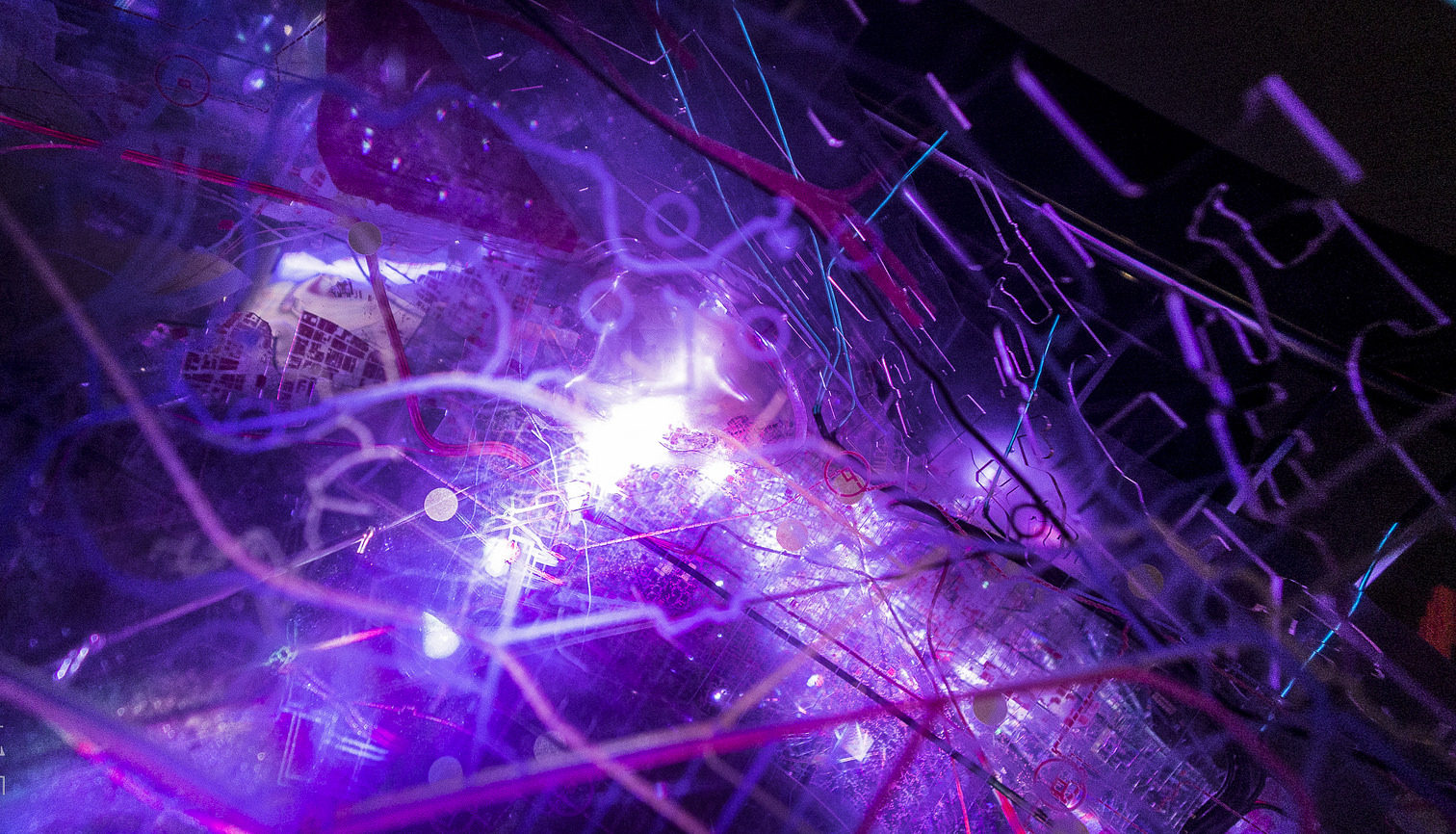
Table of Contents
Share
Solving problems requires machines that possess characteristics of the human brain. Therefore, some studies are being conducted to meet this need by imitating the neurons and synapses (connections) in the human brain.
Tea-Woo Lee, a materials scientist at the Pohang University of Science and Technology in Korea and an author of the research, stated, "This research could pave the way for improvements in robots, driverless cars, data mining, medical diagnostics, stock market analysis, and other smart systems in the future."
The tremendous computing power bestowed upon the human brain comes from its connections (synapses). According to previous research, our brain is believed to have approximately 100 billion neurons and 1 quadrillion synapses connecting these neurons. In a neuron, there are about 10 times synaptic transmissions.
Research has discovered that the human brain can perform approximately 10 quadrillion operations per second. Therefore, many believe that computers will never reach the form of the human brain. However, according to the TOP500 project, which ranks the world's 500 most powerful computers, the current fastest computer, Tianhe-2, provides about 55 quadrillion calculations per second. In comparison, it performs calculations about 5 times faster than the human brain. According to a study, while the human brain consumes 20 watts of power, Tianhe-2 consumes 17.8 megawatts. In other words, while the human brain consumes enough power to light a dim bulb, Tianhe-2 consumes enough to light 900,000 bulbs.
Lee told Live Science, "Developing artificial synapses that can compete with biological synapses is an important step," highlighting the significance of these developments for the world.
In conclusion, artificial synapses consume much more energy compared to biological synapses. Research shows that biological synapses consume about 10 femtojoules each time a neuron fires. While an apple dropped from a meter high generates about 1 quadrillion femtojoules of kinetic energy, Lee and his colleagues developed artificial synapses that consume 1.23 femtojoules per synaptic event, making them the least energy-consuming synapses today. These new devices, designed from organic material wrapped around each other, mimic the working principle and structural features of biological synapses. Researchers suggest that in the future, these devices could be arranged in three dimensions to mimic the human brain. However, the advancement of 3D printing plays a significant role in producing artificial synapses in a 3D mesh.
In the research, there are 144 synaptic transistors on a 4-inch (10 centimeter) chip. At the center of these devices are nanowires about 200-300 nanometers wide (a billionth of a meter). (An average human hair is about 100,000 nanometers wide.) Lee mentioned that researchers are working on organic nanowires a few dozen nanometers wide and plan to improve the energy consumption, materials, and structures of synaptic transistors.
The advanced state of artificial neural networks allows for the production of more human-like robots in future robotic technologies.
References
“Writing is seeing the future.” Paul Valéry

